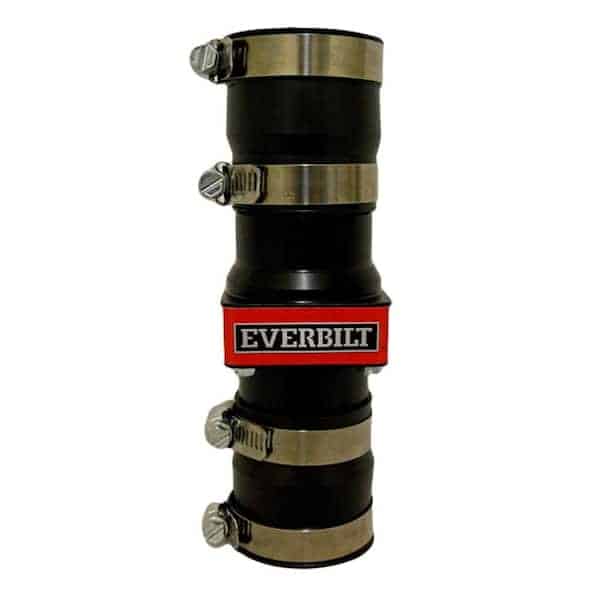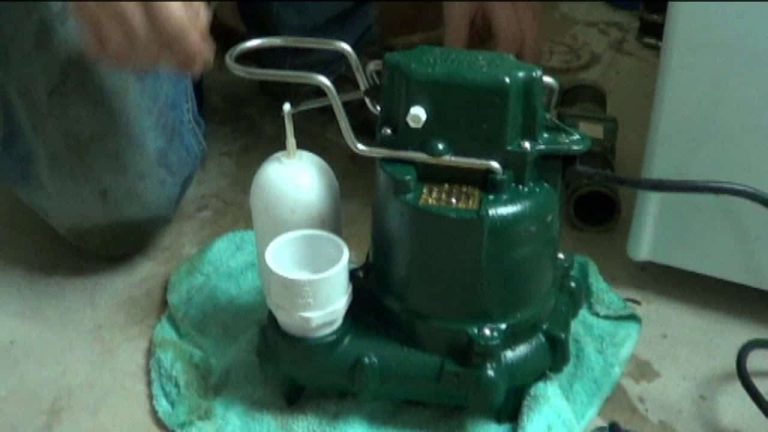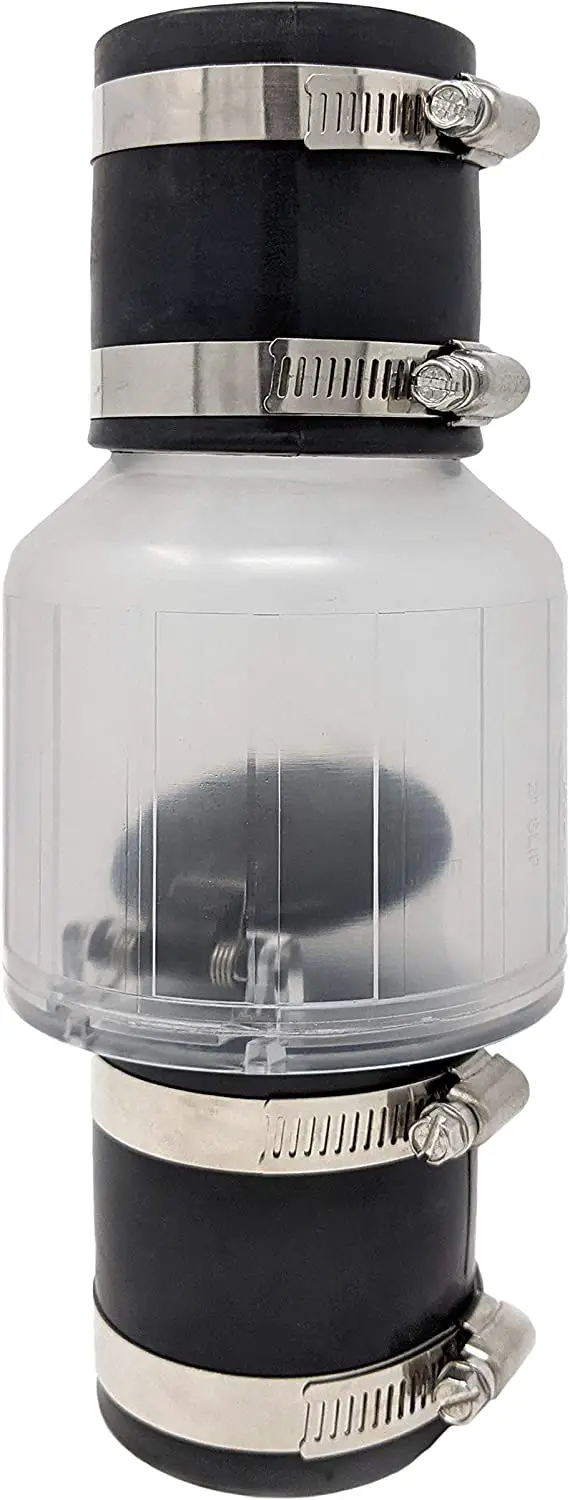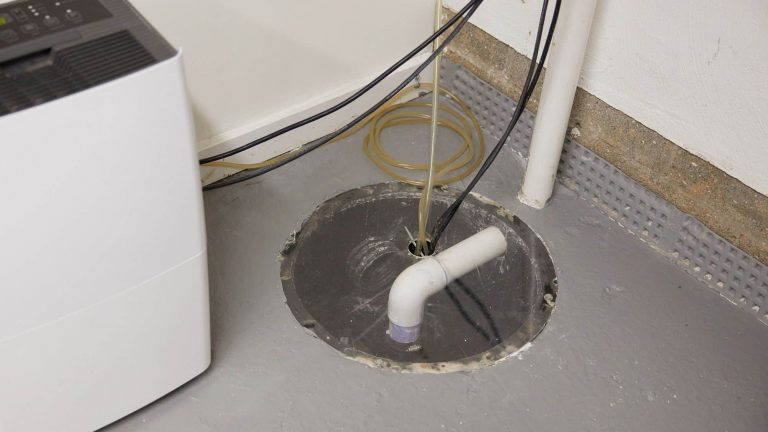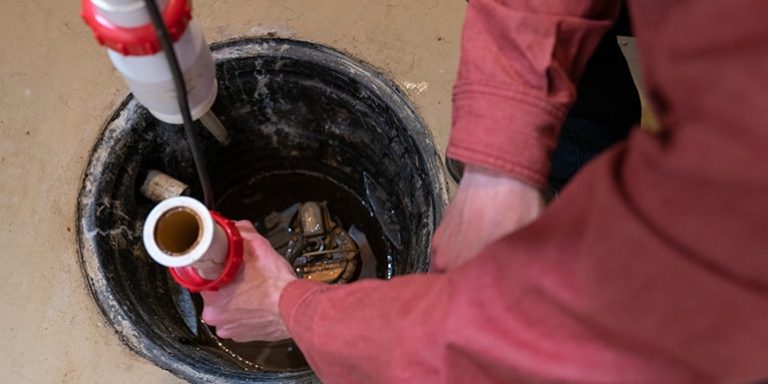Sump Pump Troubleshooting : The Ultimate Checklist
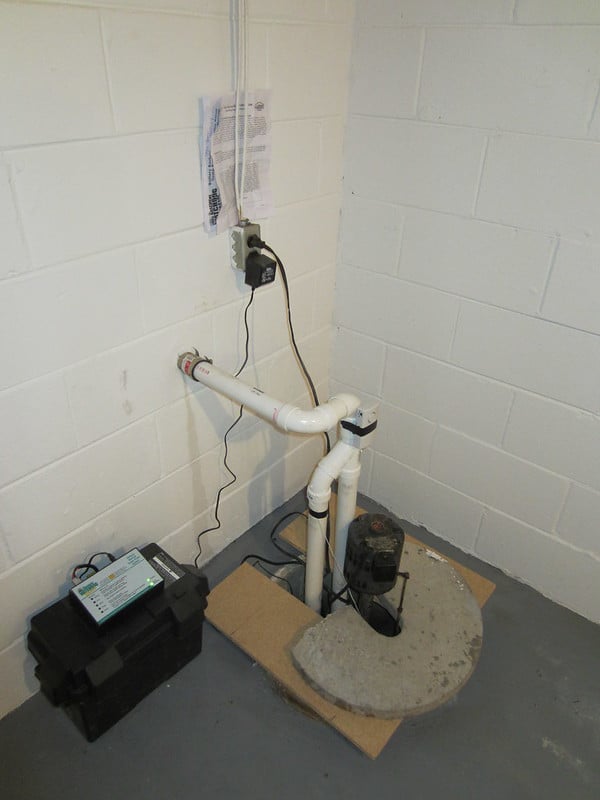
When your basement sump pump is malfunctioning, you need to know why. A faulty sump pump may be costly to repair or replace. No one likes to deal with flooding and the risk of losing valuables or compromising the foundation of your house.
So your sump pump troubleshooting should be focused in a few critical areas which will help minimize setbacks and keep your pump working in emergencies.
Some of the areas that will let you know something is wrong with your pump includes:
- Frequent breaker trips
- Faulty starts and stops
- Noise in the pump
- Slow flowing water
Here is what you need to know:
Be consistent
Set up a maintenance schedule and list all the areas on the pump that will need regular testing. Set a time monthly, quarterly or yearly to carry out checks on each area as needed.
Play it safe
Safety is a priority when dealing with the electrical current close to a water source. Wear safety boots and keep water away from your hands and body when dealing with the power supply.
-
Check the power supply
If your pump is short-circuiting, you may need to test the power supply. Any breaks in the pump plug will reduce the flow of electricity. Examine the receptacle to ensure the power plug is working efficiently.
-
Fix frequent breaker trips
Your circuit breaker may overload if there are too many appliances connected to the circuit in addition to your sump pump.
It may be better to have a separate circuit breaker to power your sump pump.
When setting up the power source to the pump, ensure a ground fault circuit interrupter is in place to protect against burn out.
You will also need to check the power cords for any breaks. If the pump uses an extension cord, it may not be sturdy enough to power the pump. An upgrade to a heavier cored may solve the problem.
-
The pump keeps cycling
Your sump pump may keep running for a number of reasons. There may be a faulty connector that may cause the pump to shut on and off.
There may also be a blockage around the float switch or the ball may be out of line.
Water may also overflow the pump or soap scum and other sediments may build up and coat the drain line.
Cleaning the pump will reduce clogs.
-
The pump is noisy
Vibrating in the pump may suggest there’s a faulty impeller. The impeller blades may wear out or the sump pit may clog up with dirt or debris.
Installing some insulating foam around the pipe joists and exits may help reduce water hammering in the lines.
Another area to check would be the horsepower. There may not be enough to propel the pump to work at its maximum capacity. Low-power may cause the check valve to malfunction.
-
Test the pump
A few things may cause your pump to malfunction. Sometimes the pump may vibrate but the water is not moving through the line.
Debris or other objects may be blocking the drainpipe or the screen at the base of the pump. Water can also freeze the drainage line in the winter.
Check each area and clean out any clogs that may be present.
-
Test the float switch
The float switch is attached to your sump pump by an electrical cord. The gloat ball moves when the water reaches a certain level and causes the pump to cycle.
Check to see whether the switch is at the right height. If the switch is too high, the pump may switch off before the water reaches the watermark.
The switch may also shift and rest on the side of the sump basin or the basin may be out of place and cause the switch to stop working.
Any object that’s stuck around the switch will also prevent it from moving freely. Lift the ball by hand and remove any items that may be blocking it.
Next, look at the pump suction for any friction between the pump that may cause banging and vibrating.
Check each area and make the necessary adjustments to ensure it’s working properly.
-
The pump is overheating
If the sump pump is overheating, you may need to upgrade the voltage or shut the pump off for a while to let it cool down.
Conclusion
Sump Pump troubleshooting is important in identifying any areas that may need testing, fixing or upgrading testing, fixing or upgrading. If your basement is prone to flooding, any high quality sump pump will help push the water out in a timely manner. The stress associated with cleaning up after major flooding and the loss of valuable items can be time-consuming and expensive.
Your sump pump will breakdown or wear out from time to time. Knowing what to look for and how to make simple repairs will help keep the pump running and reduce maintenance costs. Early maintenance may reduce stress, minimize property damage and have your pump working well to handle any emergency.

